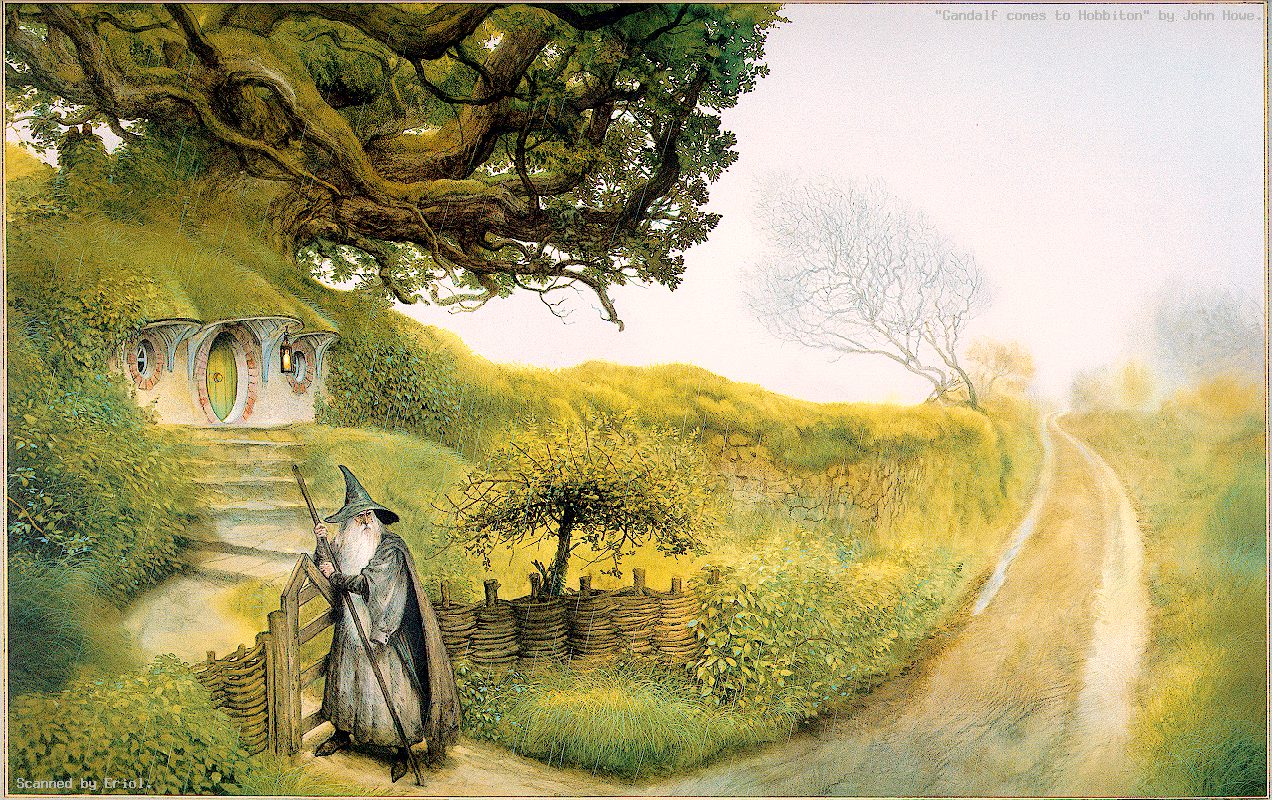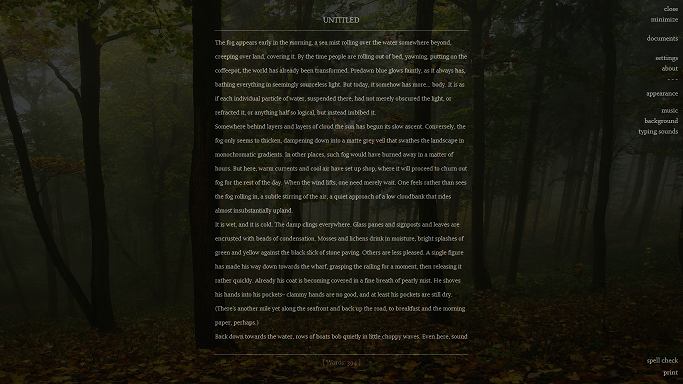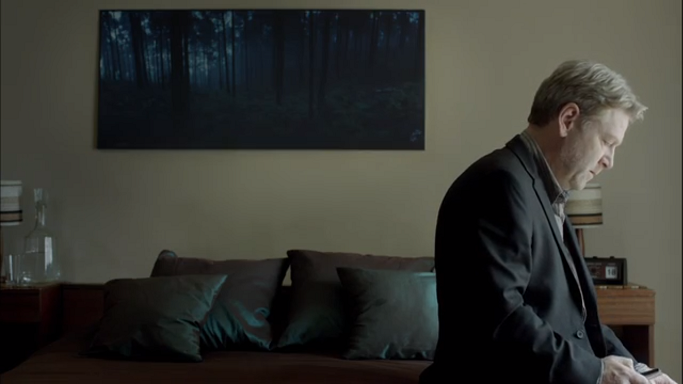
That morning, when she wipes at the frosty window with a sleeve, the oddly bruised dawn light and hazy purple of the hills beyond beckons.
Come, come.
So on go the jacket and the grubby boots by the door, and the lock catches with a soft snick. She gets on the number seventy-nine down the road. It winds its way out of town, leaving behind the houses and the shops and the people trudging up the street. Today, it’s just her and an old man wearing a pair of field glasses over his flannel, just the two of them and the driver. The bus climbs up the quiet lane and around the bend, and soon enough, they’re deposited into an empty gravel lot. She stands, uncertain, for a minute in the chill air. The old man has already started down the lane, and that’s not what she’s looking for.
But- ah! That, that is. There’s a stile half-hidden in the scrubby little trees on the far side of the lot. She plants a foot on the worn step, swings herself over, and hops down into a grassy field, onto a much-trodden path. No one else is here, though, and the road is already invisible from here. She follows it up the ridge for a while, while empty real soccer predictions fields slope down one side, and long grasses flank the other. There would be something, eventually. Now there are cows. She pauses at the fence, observing them for a moment, while they gaze back at her with ruminant disinterest- it’s very quiet up here, and it feels odd that she could be not entirely alone.
It is some time, then, before she makes it up to the crest of this ridge. And here the land drops away before her, down to the lowlands where homesteads and farmsteads lie scattered. The air is brightening, the odd hue from the early morning leeching away and giving way to a soft, opaque blue-grey that blankets the distance in uncertain certainty. She imagines, on a clear day, that you’d be able to see clear to the sea, the city glittering on the coast, the hilly land a study in early morning contrasts, burnished bronze and deep powdery shadows.






